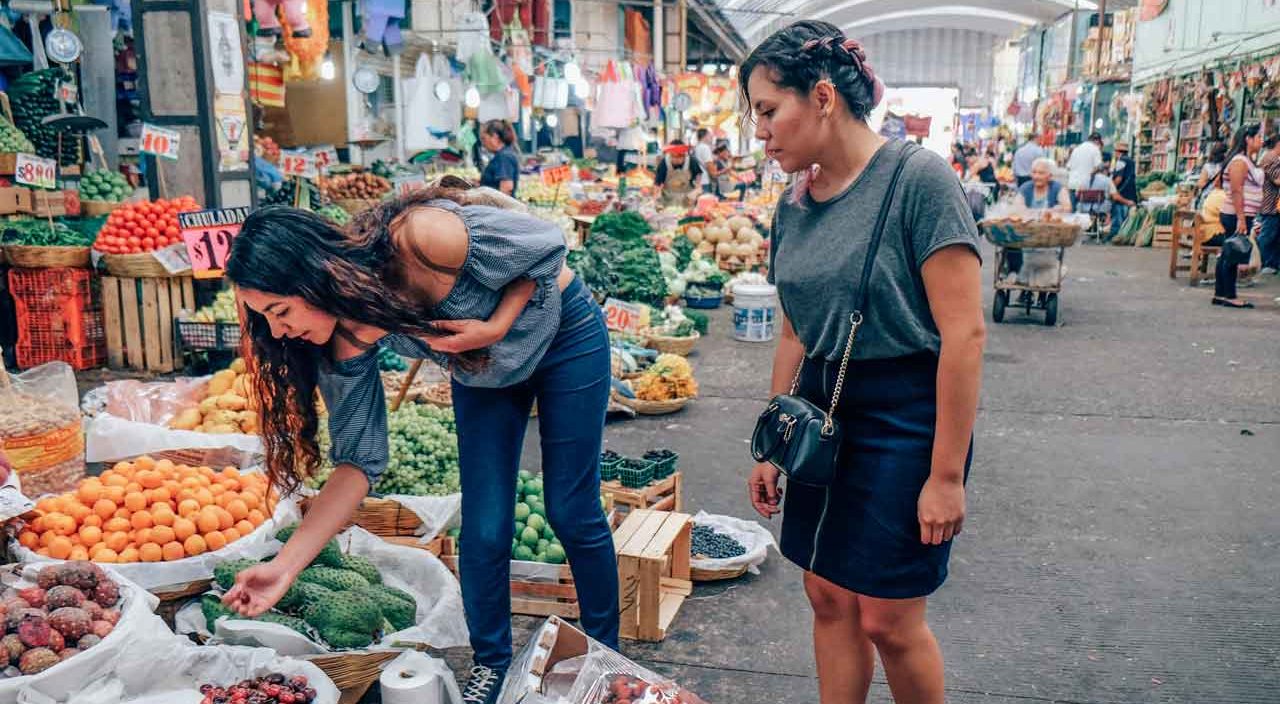Urban Foraging: Finding Food in Unexpected Places

With some 40 percent of our food going to waste, there are many ways to forage for food.
Foraging traditionally meant collecting mushrooms, berries, an onion stalk, and other wild edibles while you were out on a walk. Urban foragers may look for edible plants growing in their local park. But they also can forage for food in dumpsters and find plenty of unopened cartons or bags of still-good fruit.
YOU MIGHT ALSO LIKE: Are There Crash Diets that Work?
Wild food
You can learn how to forage by taking a local class or reading about it. Among the many foraging books, one favorite is “The Forager’s Harvest: A Guide to Identifying, Harvesting, and Preparing Wild Foods.” The site Falling Fruit.org offers a map that should give you an idea of what to look for in your own area.
To get started quickly with wild food, search out dandelions, cattails, pine-cone seeds, and chives.
Dandelions are most bitter in the summer and sweeter in the spring or in the late fall. You can put the greens and petals raw in a salad or use the whole flower for wine — as long as the plants haven’t been doused with pesticides.
Cattails grow beside ponds or wet ditches. You can boil the spike above the seed for up to 10 minutes and then eat it — the dish looks like corn on the cob.
Pick up a fallen pine cone. If you break off a scale, you should see two seeds underneath, which you can eat raw on their own or in salad — or you can roast them as well.
Chives, which taste like scallions, are the leaves on top of the root. Eat them raw.
Extra food
The site RipeNearMe allows users to post notices of extra produce from their gardens or food they see growing in a public space. So, if you have a fruit tree with a bumper crop, you can tell not just your neighbors but everyone who checks online.
Discarded food
The U.S. Department of Agriculture estimates that 30 to 40 percent of our food ends up as waste. In fact, food waste is the single biggest type of waste in city landfills, where it rots and quickly produces greenhouse gases.
To reduce waste, learn to shop more carefully, use up the food in your house, and freeze items before they spoil. If you give a party, send people home with packages or arrange to send unopened food to food rescue organizations.
Get more serious, and use discarded food. Look for dumpsters near chain grocery stores, pharmacies, and farmer’s markets. You can create your own urban foraging map after a few tries. You’ll probably need to go to several dumpsters each trip.
Sometimes dumpsters look locked, but they aren’t. Get inside the dumpster, and move bags around, says veteran dumpster-diver Rob Greenfield. You might find boxes of fresh fruits and vegetables or food like granola bars, cereal, and bread in bags. The store may discard them because of an expiration date, even though the food won’t hurt you.
Is it legal? Check the law in the area where you plan your expedition. If the dumpster is against a building or inside an enclosure marked “No Trespassing” you are tampering with private property. Don’t leave a mess or resist someone who tells you to leave.
Help distribute food
Look in your area for a food rescue organization that picks up food, usually from businesses, and distributes it to soup kitchens and other community food groups. The food might be slightly damaged produce, extra ingredients or unsold meals from restaurants, pre-packaged sandwiches and salads from cafes, packaged goods from wholesalers, and meat and dairy from the supermarkets in your neighborhood. Donate and distribute these items so they don’t land in the dumpster!
Updated:
April 09, 2020
Reviewed By:
Janet O’Dell, RN